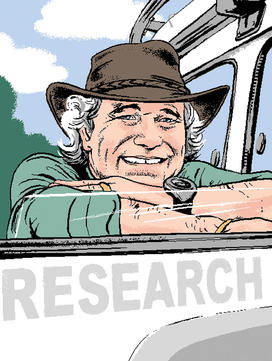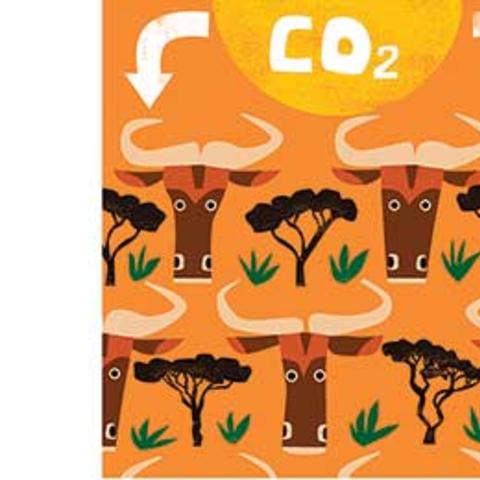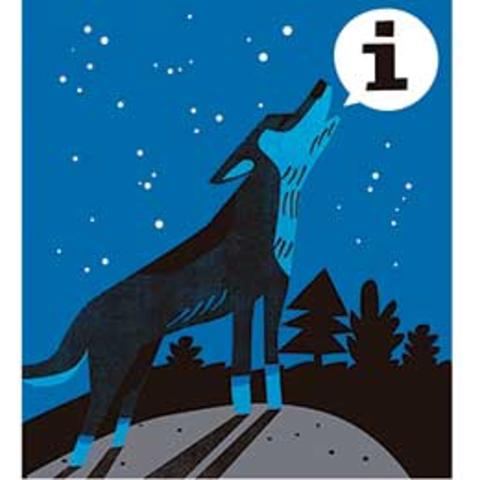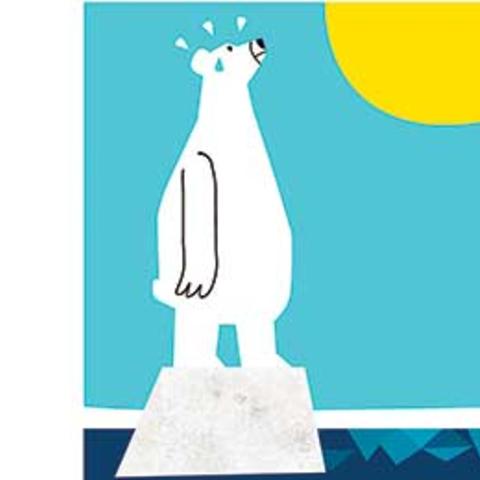Paying Attention to Our Planet’s Parasites
Behind the Research: Andy Dobson, ecology and evolutionary biology

“Growing up in the wilds of Scotland, I was always drawn to wilderness areas,” says Andy Dobson, a professor of ecology and evolutionary biology at Princeton. But Dobson became concerned when he saw how factors such as the conversion of natural habitats to farmland and climate change were fundamentally altering the environment. “The fabric of the natural world is sort of unraveling,” he says.
Humans are highly dependent on natural forests and savannas for clean water and oxygen, so conservation of these environments — and the creatures that live in them — is paramount, Dobson says. Since parasites, viruses, and bacteria cohabitate with nearly every plant and animal on the planet, Dobson focuses his research on diseases and their impact on various ecosystems, from the Serengeti to the Arctic.
READ Dobson’s essay about the importance of charting food webs
Dobson’s Studies: A Sampling

IT’S ALL CONNECTED In the 1960s, farmers in the Serengeti began vaccinating cattle against the virus rinderpest, which was also infecting native wildebeest. Without the virus’s deadly effects, the population of wildebeest soared. In 2009 Dobson’s research showed that as all those wildebeest ate more grass, the area’s incidence of fire dropped, nurturing tree cover, ultimately transforming the Serengeti from carbon producer to carbon sink.
“That’s why you need this food-web structure: to understand how a twinge on one part of it causes perturbations to species that you don’t necessarily see as directly connected,” Dobson says.

WOLVES AS GUINEA PIGS When gray wolves were reintroduced to Yellowstone National Park in the mid-1990s, they presented an ideal population for ecologists to study the transmission and effects of disease. The animals arriving in their new environment disease-free meant that as infections inevitably took hold, their impact could be more easily studied. “With fewer confounding variables, we could focus on the possible impacts of each [disease],” Dobson says. In a series of papers, Dobson and several colleagues demonstrated a link between the effect of a disease and its host animals’ social structure, suggesting the need for new food-web models that address group behavior.

FROM COLD TO HOT Dobson lately has been focused on the impact of climate change on parasites — especially in the Arctic, whose rapidly warming temperatures and simple network of flora and fauna serve as a predictor of how changes might occur in warmer places. For example, hotter Arctic summers have led to a disease season with two peaks — one in late spring and another in early fall — compared with one summertime spike. Partly due to this, infections are felling caribou and muskoxen at record rates, causing a ripple effect in the food chain. “If [the Arctic] falls apart due to climate change, it will generate impacts that hugely influence the rest of the global climate,” Dobson says.











No responses yet